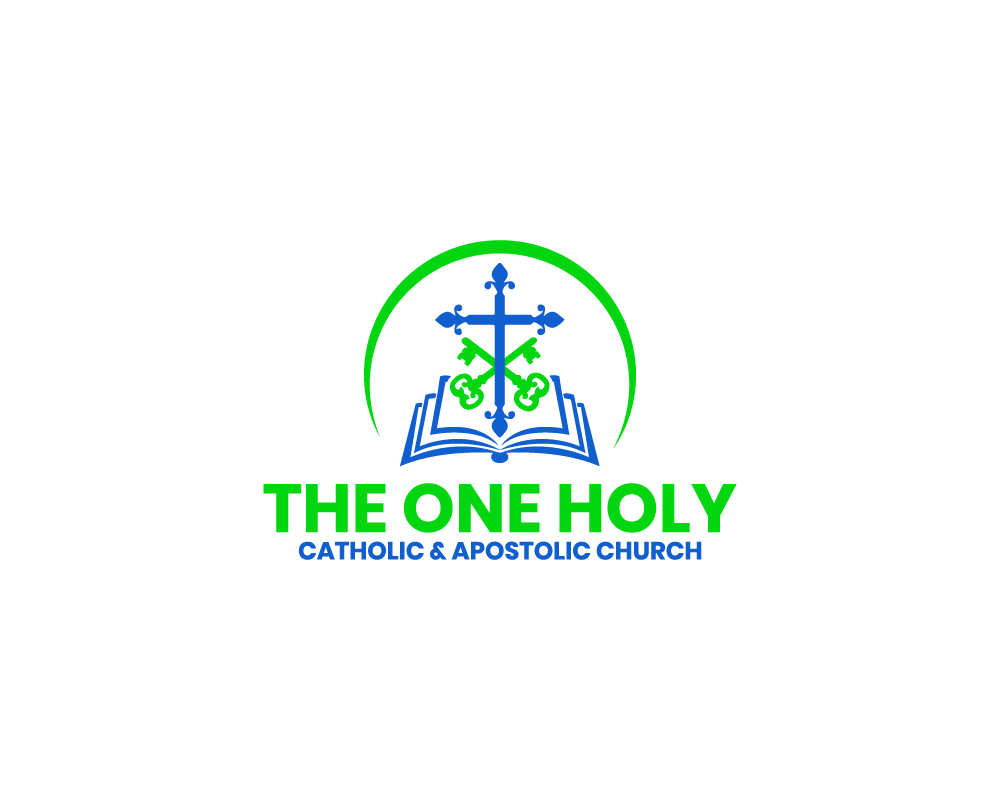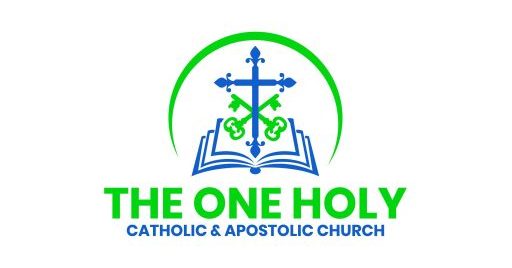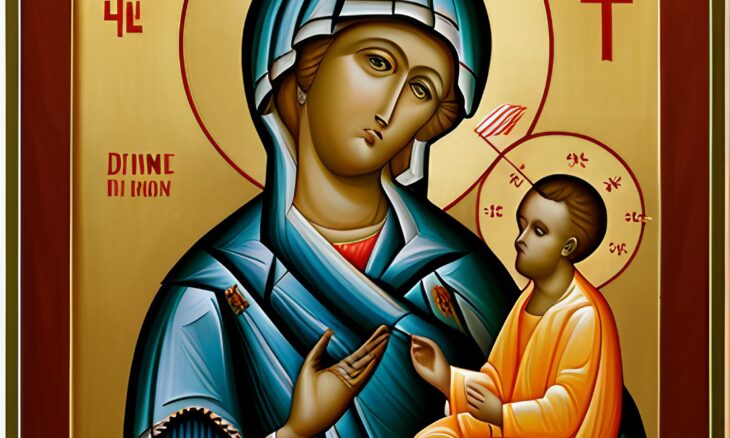Icons as a Visual Representation of the Incarnation
Sacred icons have long played a crucial role in Orthodox Christianity, particularly since the Seventh Ecumenical Council in 787. These visual representations serve as tangible affirmations of the doctrine of divine Incarnation and are integral to the faith education of Orthodox Christians. This significance extends beyond formal church settings and is embraced within Orthodox households.
Icons and the Comprehension of the Inconceivable
Orthodox tradition teaches that the inconceivable Word of God took on human form through the Virgin Mary. In this mysterious union, the incomprehensible divinity of the heavenly Father becomes accessible and comprehensible to human beings. Just as the icon in the vase made the invisible visible, icons depict the visible flesh of the incarnate God. They capture the essence of the divine becoming tangible in human flesh and material creation.
The True Essence of Icon Veneration
When Orthodox Christians speak of icons, they encompass a wide range of religious expressions, such as portable icons, frescoes, miniatures, and images on various materials. The material itself is not the primary focus; rather, it is the connection between the depicted image and its heavenly prototype. This distinction safeguards the Orthodox veneration of icons from any accusation of idolatry. Worship and ultimate reverence are reserved for the Creator alone, while icons serve as a means to reach and worship the Creator through the spiritual life of the saints and the sacred beauty of creation.
Icons, Relics, and the Call to Holiness
The veneration of icons can also be understood in relation to the veneration of saintly relics and the Orthodox approach to the natural environment. Like icons, relics hold a central place in Orthodox piety, as visible reminders of a heavenly calling and pointers to a higher reality. They call for transformation and holiness. Similarly, the icons themselves invite individuals into an inner world, symbolized by the inward-carved wood of portable icons. Frescoes, painted at human proportions, encourage worshippers to rise above their daily expectations without losing touch with reality.



